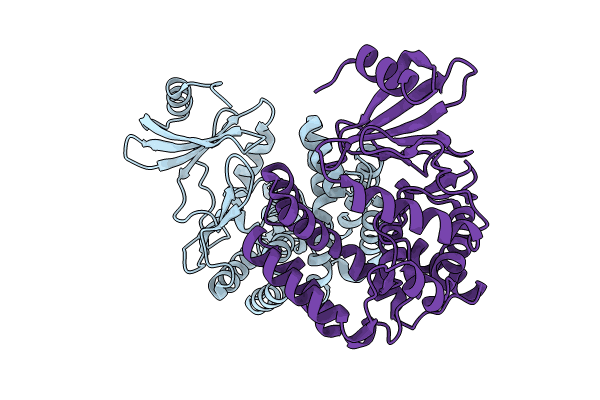
Deposition Date
2023-04-01
Release Date
2024-01-31
Last Version Date
2024-10-23
Entry Detail
PDB ID:
8IXI
Keywords:
Title:
Crystal structure of macrolide phosphotransferase from Klebsiella pneumoniae
Biological Source:
Source Organism:
Klebsiella pneumoniae (Taxon ID: 573)
Host Organism:
Method Details:
Experimental Method:
Resolution:
2.28 Å
R-Value Free:
0.26
R-Value Work:
0.21
R-Value Observed:
0.21
Space Group:
P 1 21 1


